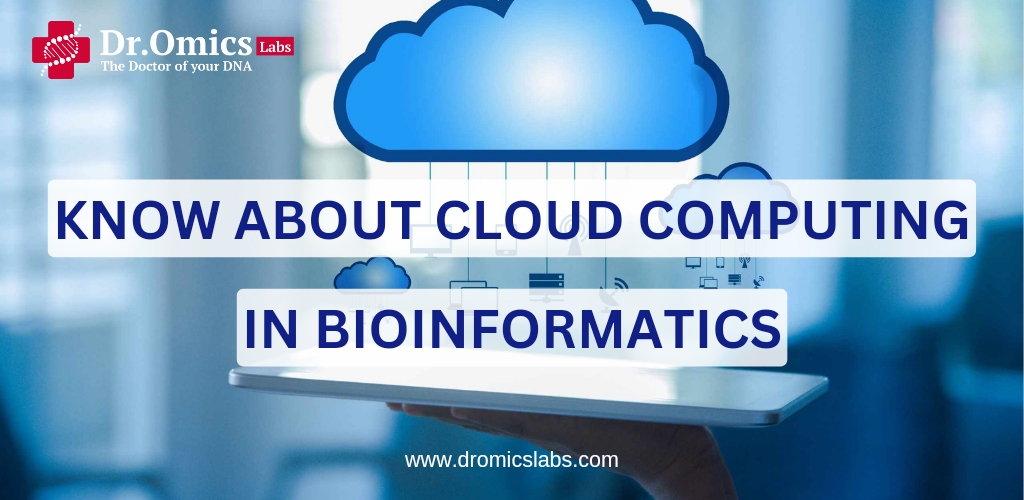Exploring the New CRISPR Tool for Genome Editing
For decades, genetic engineering has been shrouded in mystery for the general public. Promising better crops and life-saving medical treatments sounds good, but tampering with DNA raises science fiction horrors of mutations gone wrong. Scientists in lab coats assured us it was too complex, too inaccurate, too dangerous for amateurs to meddle with the building […]
Exploring the New CRISPR Tool for Genome Editing Read More »










